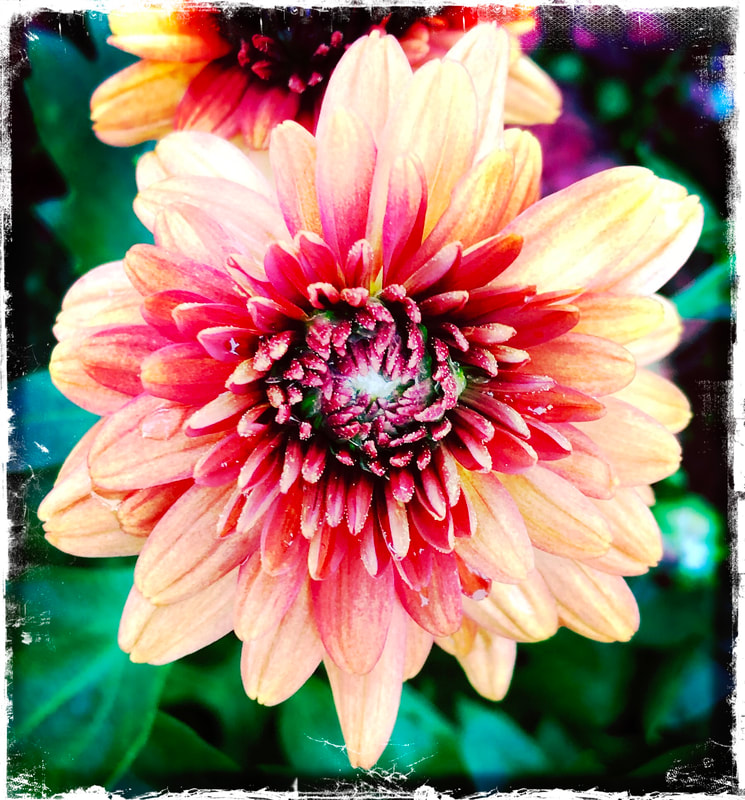ASSAY: A JOURNAL OF NONFICTION STUDIES
8.1
8.1
|
My copy of The House on Mango Street is the 25th anniversary edition and has an introduction by Sandra Cisneros. The introduction starts with a photo of herself and she begins with the woman in the photo, as if she is a character in a book rather than herself. She doesn’t use the word I, so when the story begins we see the character Esperanza and we view the story through Cisneros’ own point of view. Cisneros says that a lot of the book was drawn from her own life, that the narrator is a blend of herself and a blend of Esperanza.
Cisneros writes that the woman in the photo “wants to write stories that ignore borders between genres, between written and spoken, between highbrow literature and children’s nursery rhymes, between New York and the imaginary village of Machado, between the U.S. and Mexico.” Though the book is fiction Cisneros has taken real life people and circumstances and turned them into fiction in what we might now call autofiction. The world she created on Mango Street feels real to many Latino/a/x people. She created a fictional street that represents her feeling Latina in her own community, while also expressing what it was like for some immigrants moving to America. Many of her characters may feel “other.” There is something to be said about feeling other. To live in between spaces and worlds. To one minute feel Latina and the next to forget it all together and feel very American. In reading, there is something to be said about reading works that are considered “other.” To read in between spaces and worlds. To feel the way an author trusts her reader to read in between the lines. As I explored more Latina authors, I could sense their between-two-worlds feeling. Their art lives in multiple spaces. They exist as both American and Latinx. Their memoirs are sometimes shelved in the essays, plays, or poetry sections. The works I admire most are more than one thing. I am more than one thing. The authors I love are more than one thing. I exist in two places. I am American and Latina. I exist in even more spaces beyond that. My mother, a Puerto Rican, and my father, a Mexican whose family has lived in New Mexico since the 1600’s, and my step father, a Mexican whose parents were born and raised in Mexico. My personal heritage and culture mixes all of these identities, Mexican-American, Puerto Rican, Mexican and American. I feel it all. I carry it all. I am it all. I hardly ever get to choose to be both Puerto Rico and Mexican on demographic forms I fill out. It is always a one or the other. I choose what best suits my mood for the day. Sometimes I gravitate towards checking the Puerto Rican box, and sometimes I choose the Mexican. I never consistently choose the same box because I am never just one of those, I am always both. Many authors of many races write in hybrid forms, but for me I wanted to take a look at authors who have multiple cultures and how the deal with writing in hybrid and segmented forms. I want to explore how Carmen Maria Machado, Myriam Gurba, and Virgina Grise use hybridity to reflect on their identities and the ways in which they write memoir. Gloria Anzaldua started this conversation in Borderlands, but my aim is to examine the contemporary Latina memoir and how they use hybridity. As a writer we must uphold who we are as a person, and an artist. As an American Latinx writer we must uphold our American culture as well as our Latinx culture. I want to explore how these books uphold both while using segmentation and hybridity to do so.
|
|
Ashley Espinoza is a MFA candidate in creative nonfiction at the University of Nebraska-Omaha. Her work has been published in The Magic of Memoir: Inspiration for the Writing Journey, (Her)oics: Women’s Lived Experiences During the Coronavirus Pandemic, Orion Magazine, The Forge Literary Magazine, and Hobart. She is a nonfiction editor for The Good Life Review and is currently writing a memoir.
|

